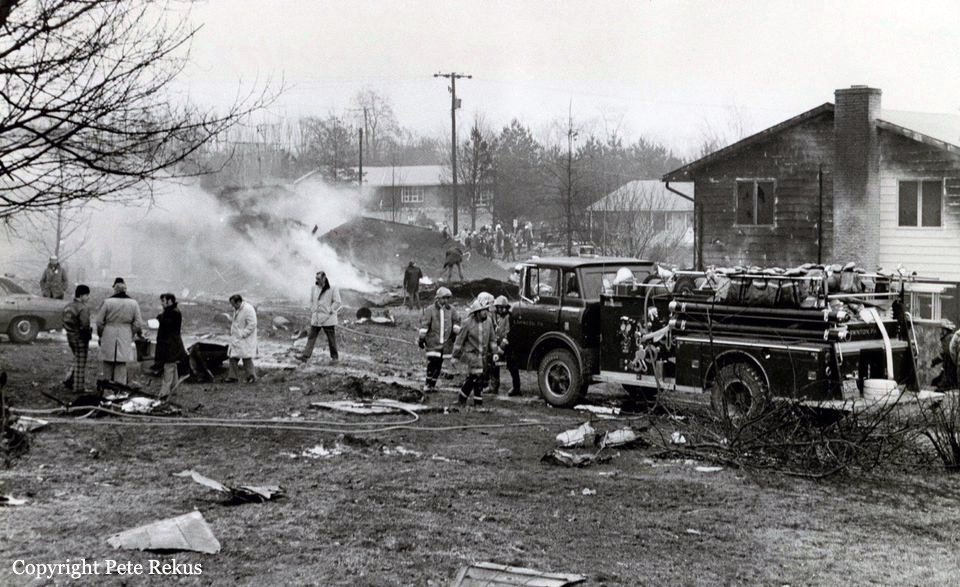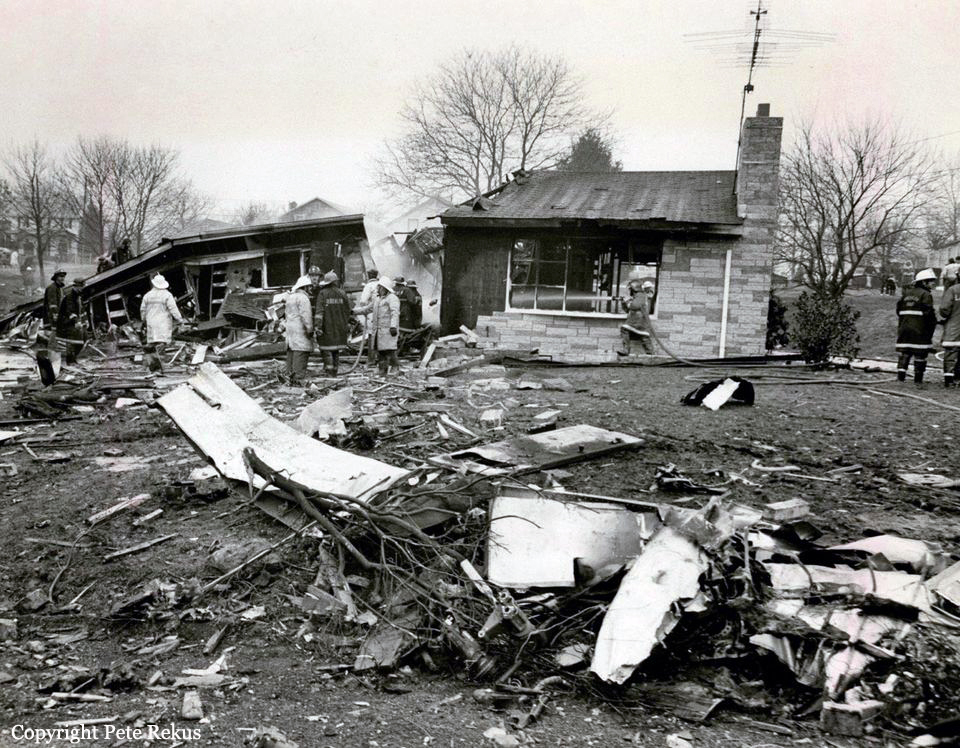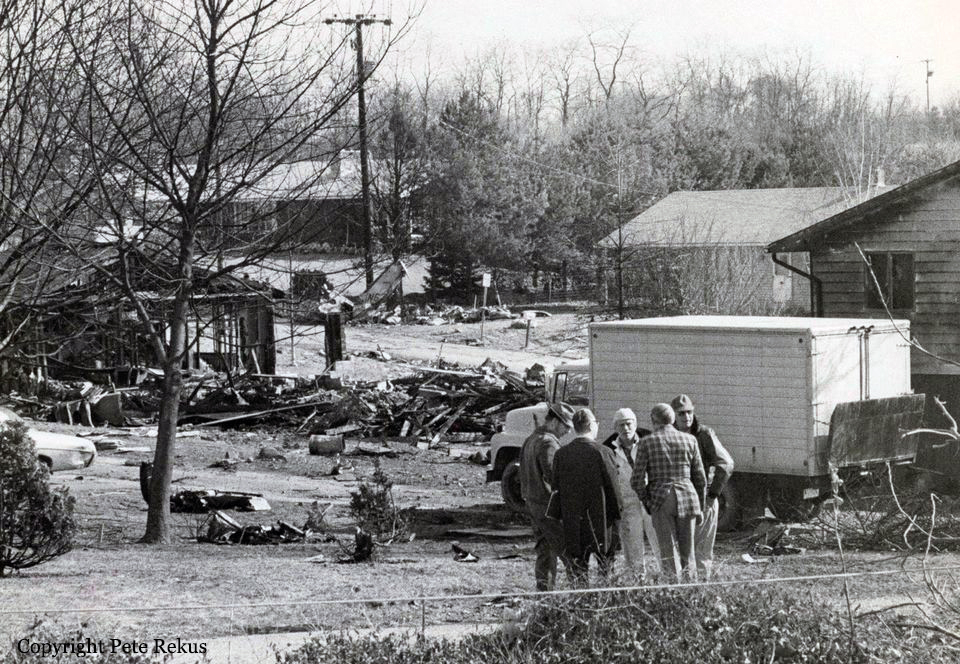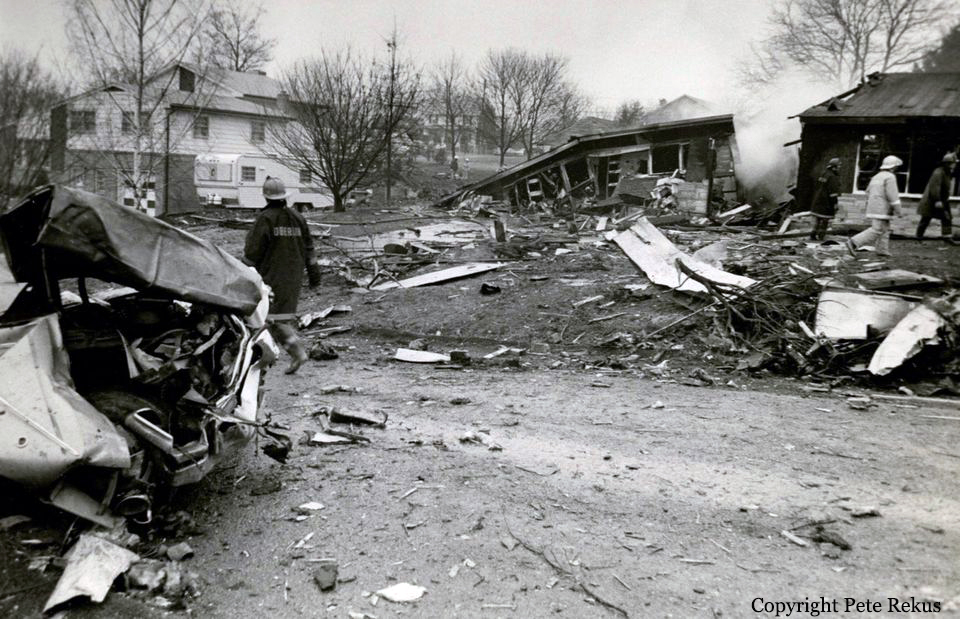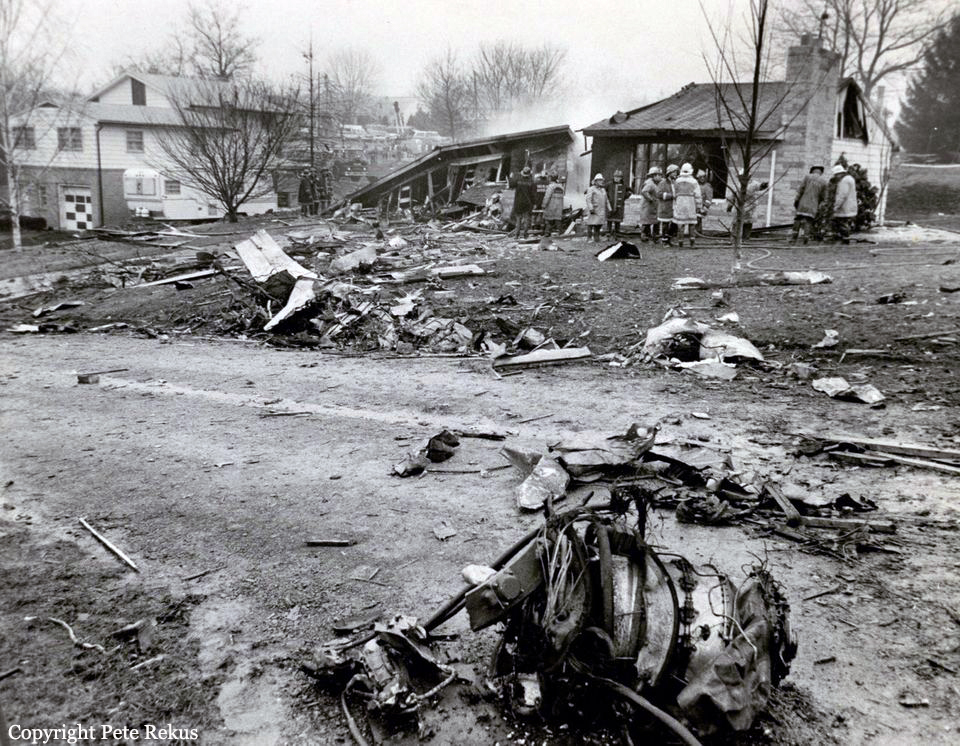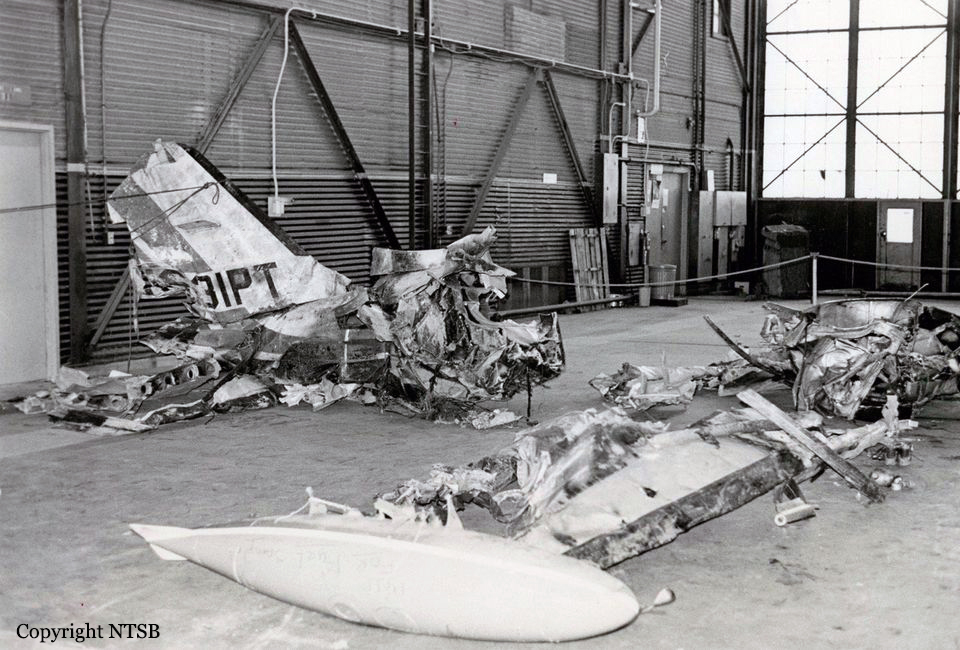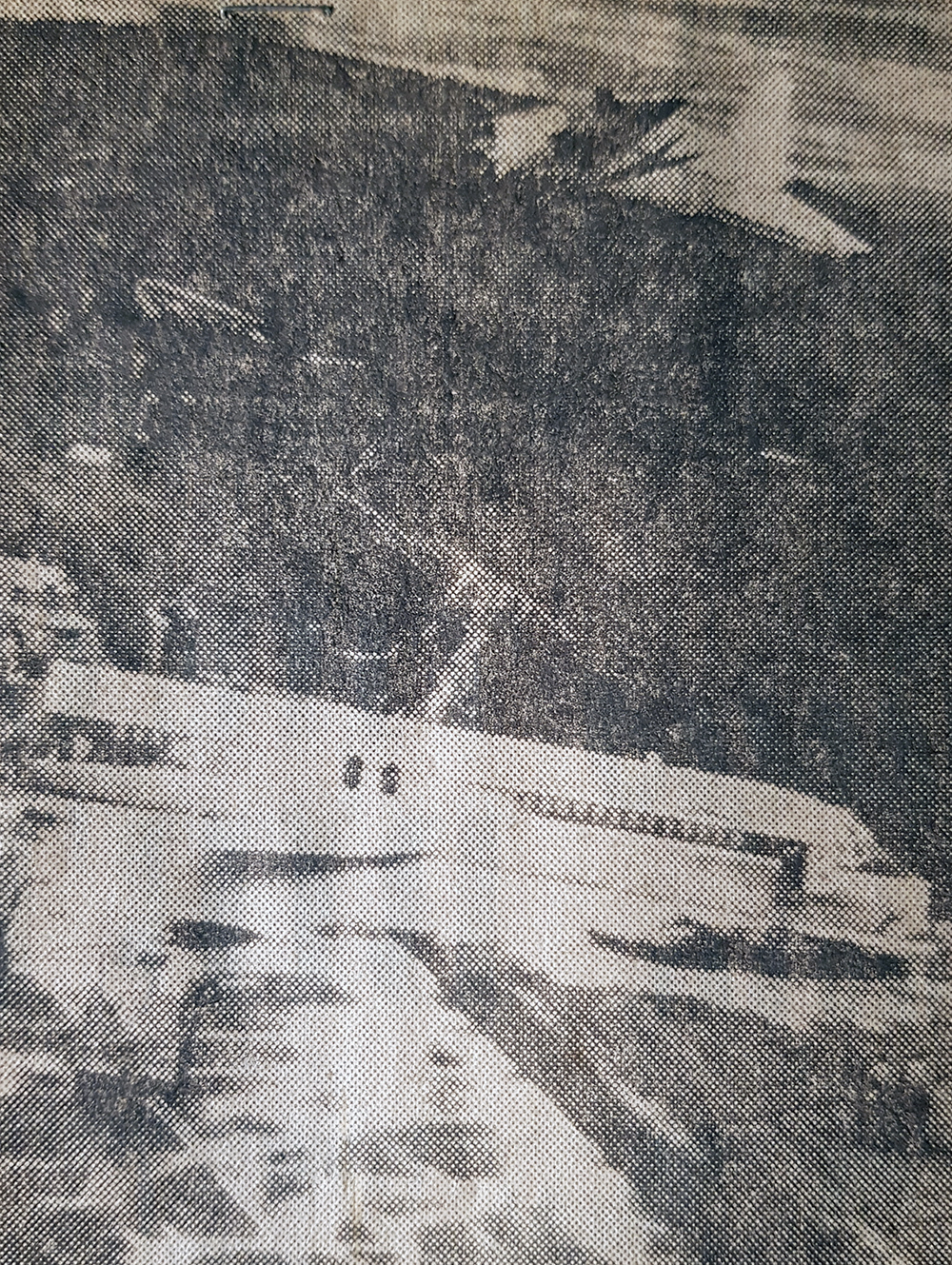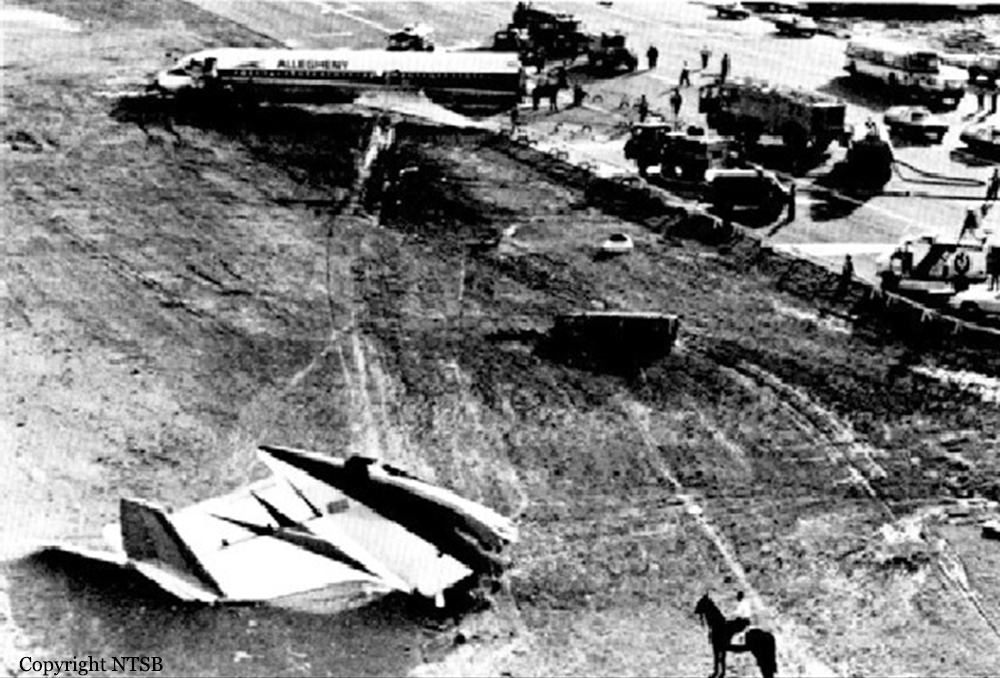Crash of a Cessna 402B in Mercer: 2 killed
Date & Time:
Sep 28, 1977 at 0758 LT
Registration:
N69338
Survivors:
No
Schedule:
Buffalo - Beaver Falls
MSN:
402B-0447
YOM:
1973
Crew on board:
2
Crew fatalities:
Pax on board:
0
Pax fatalities:
Other fatalities:
Total fatalities:
2
Captain / Total hours on type:
454.00
Circumstances:
While in cruising altitude on a cargo flight from Buffalo to Beaver Falls, the twin engine airplane suffered an fire/explosion. It lost height and crashed in a corn field located near Mercer. The aircraft was totally destroyed upon impact and both crew members were killed.
Probable cause:
Fire or explosion in flight due to inadequate inspection of aircraft by maintenance personnel. The following contributing factors were reported:
- Powerplant - exhaust system: manifold fatigue fracture,
- Fuel system: lines and fittings leakage,
- Excessive temperature,
- Fire in wing,
- High obstructions,
- Manifold couple P/N085072-39 3 inches crack permitted exhaust gas into wing onto leaking fuel valve.
- Powerplant - exhaust system: manifold fatigue fracture,
- Fuel system: lines and fittings leakage,
- Excessive temperature,
- Fire in wing,
- High obstructions,
- Manifold couple P/N085072-39 3 inches crack permitted exhaust gas into wing onto leaking fuel valve.
Final Report:



